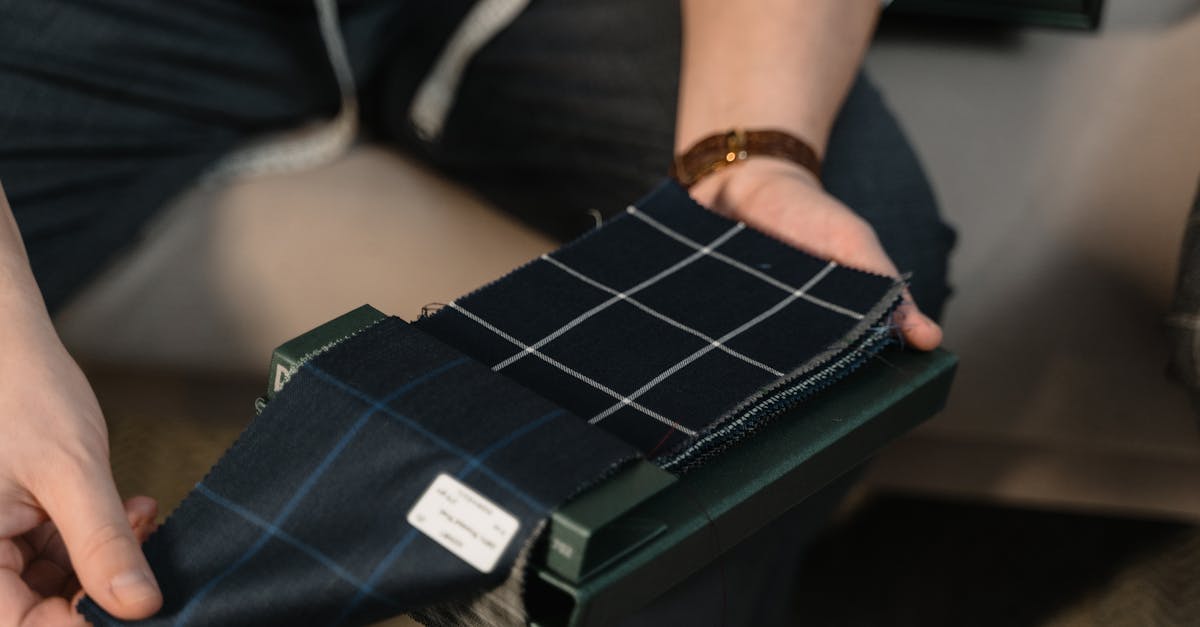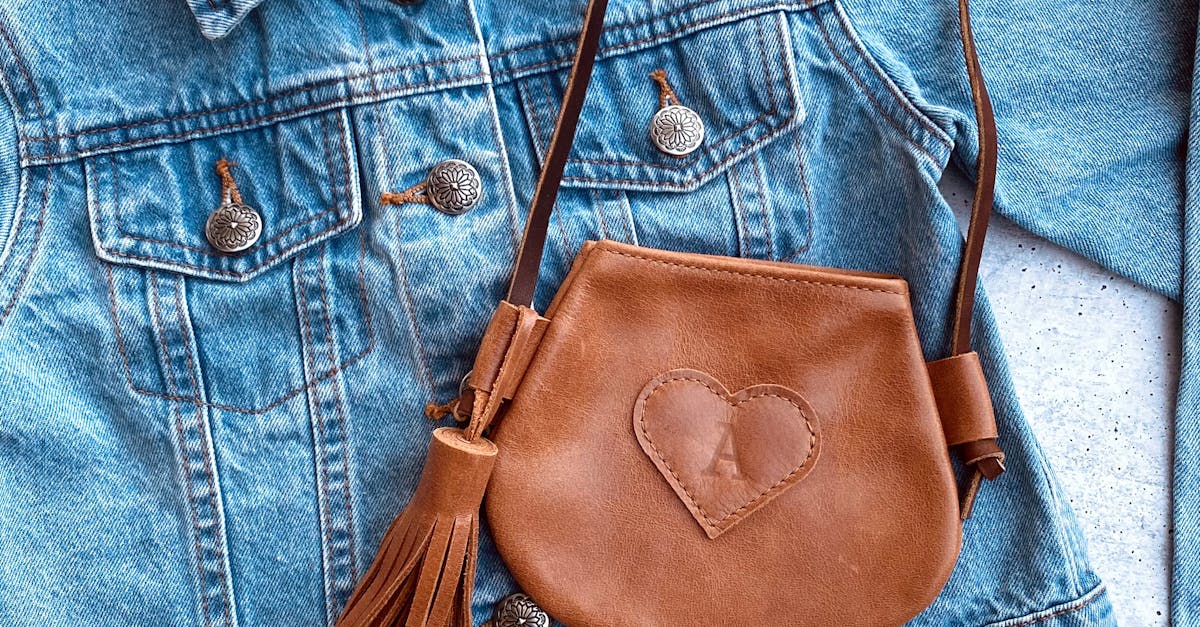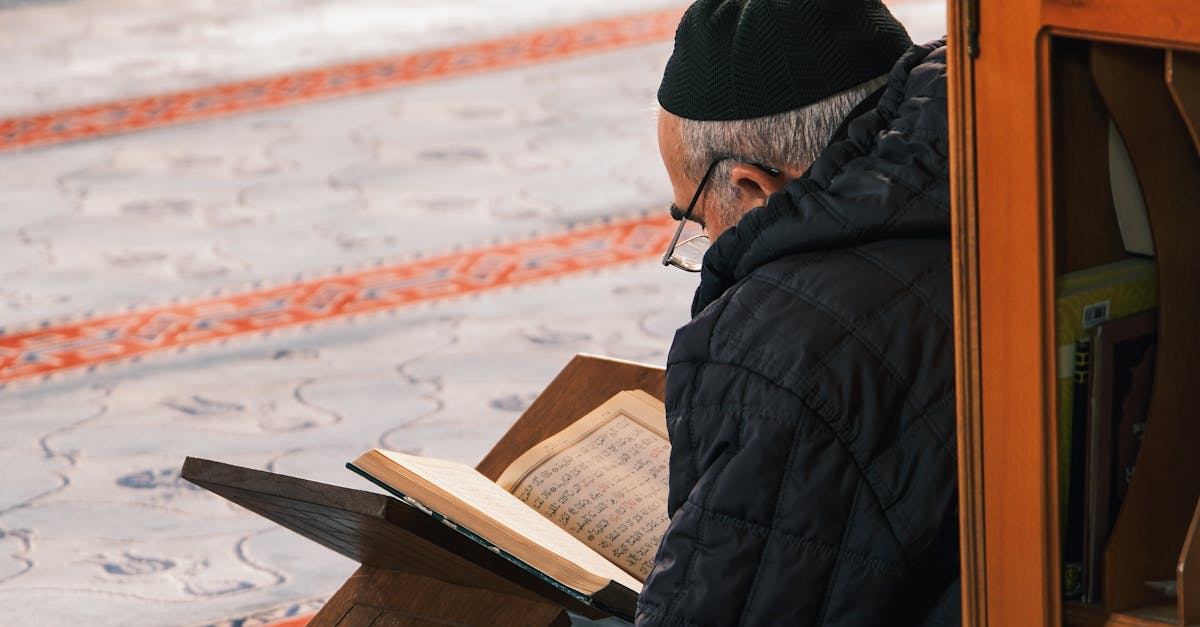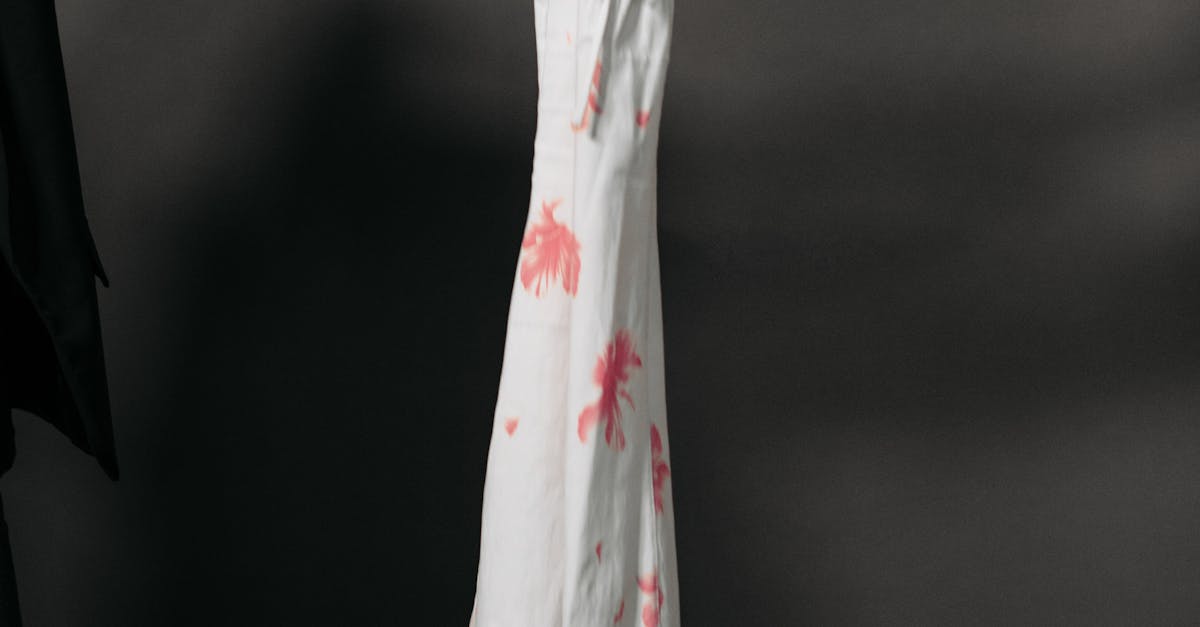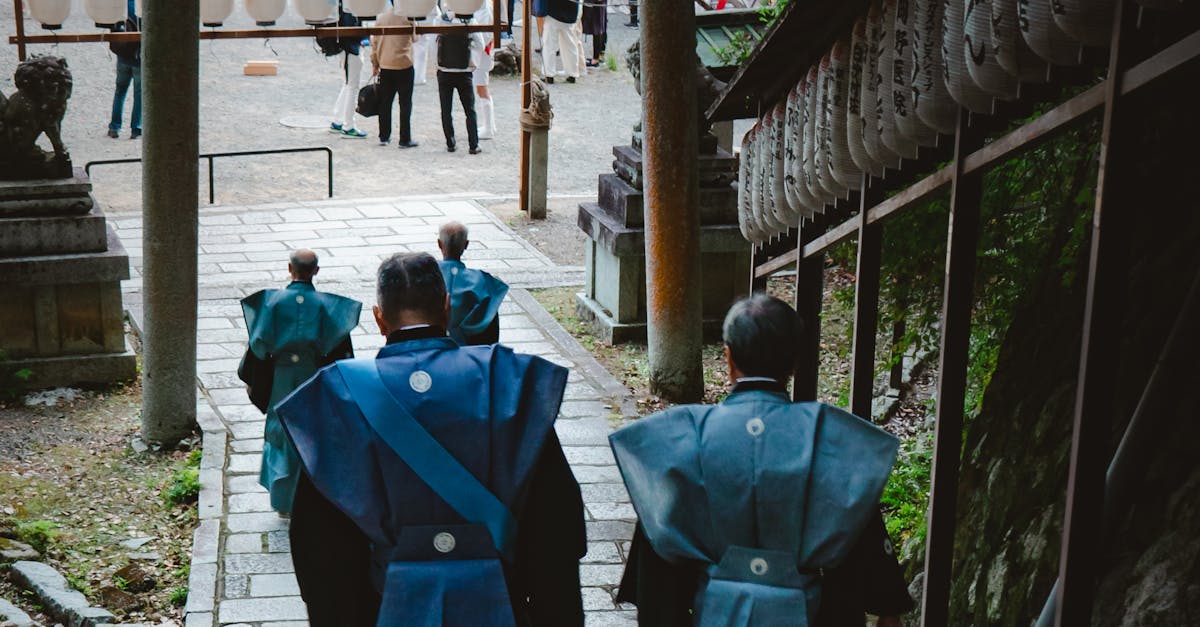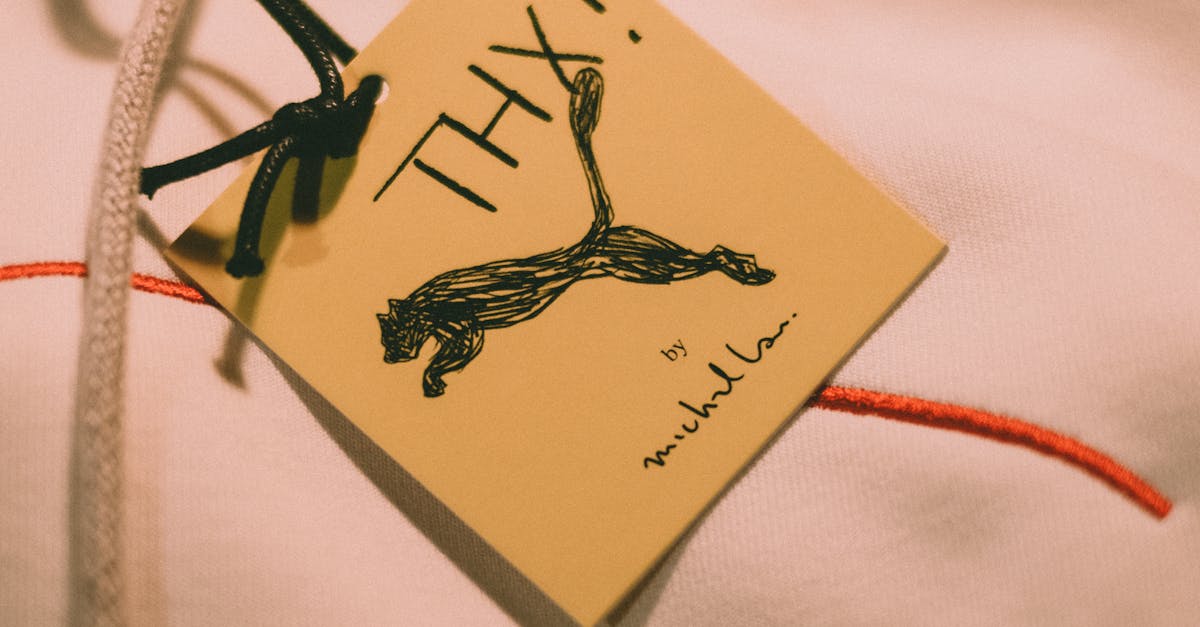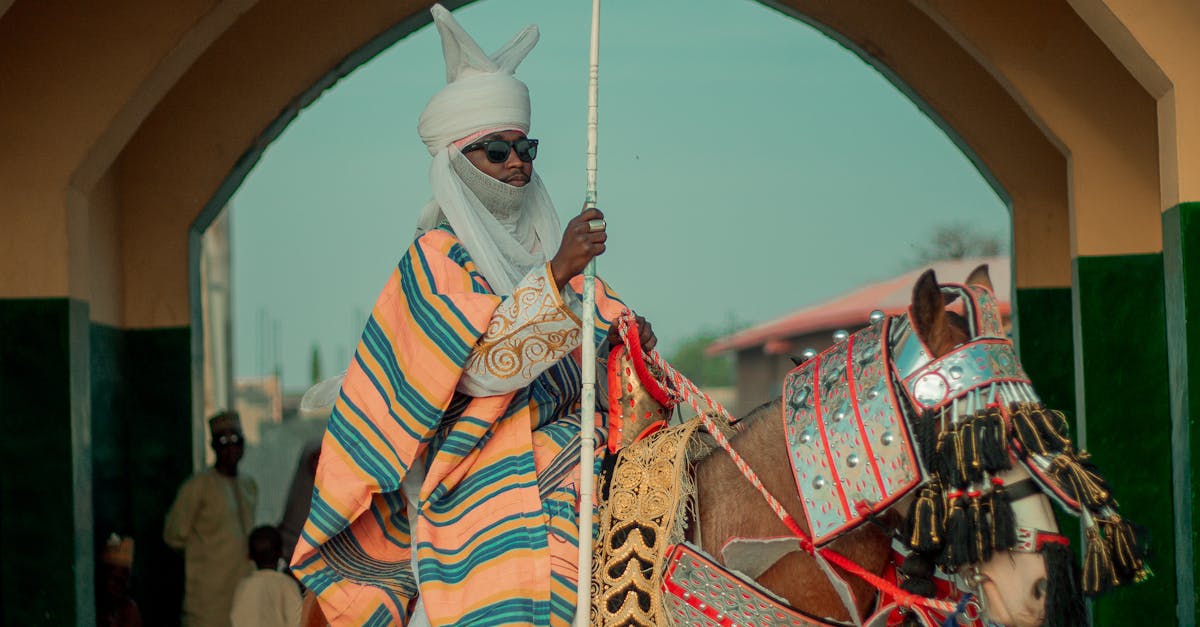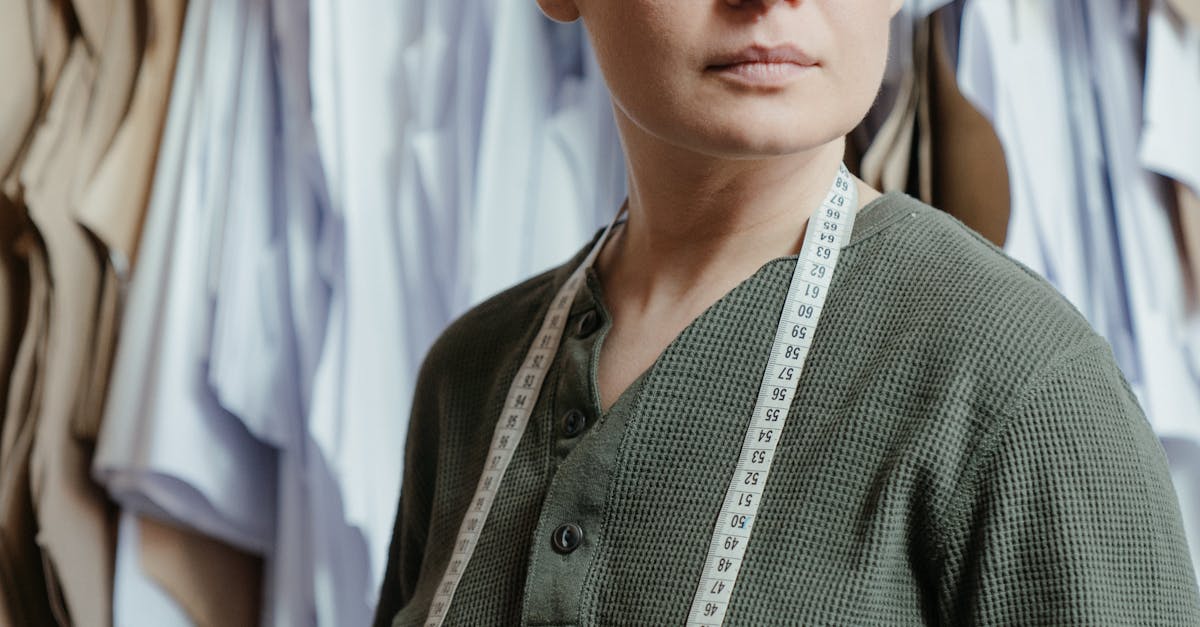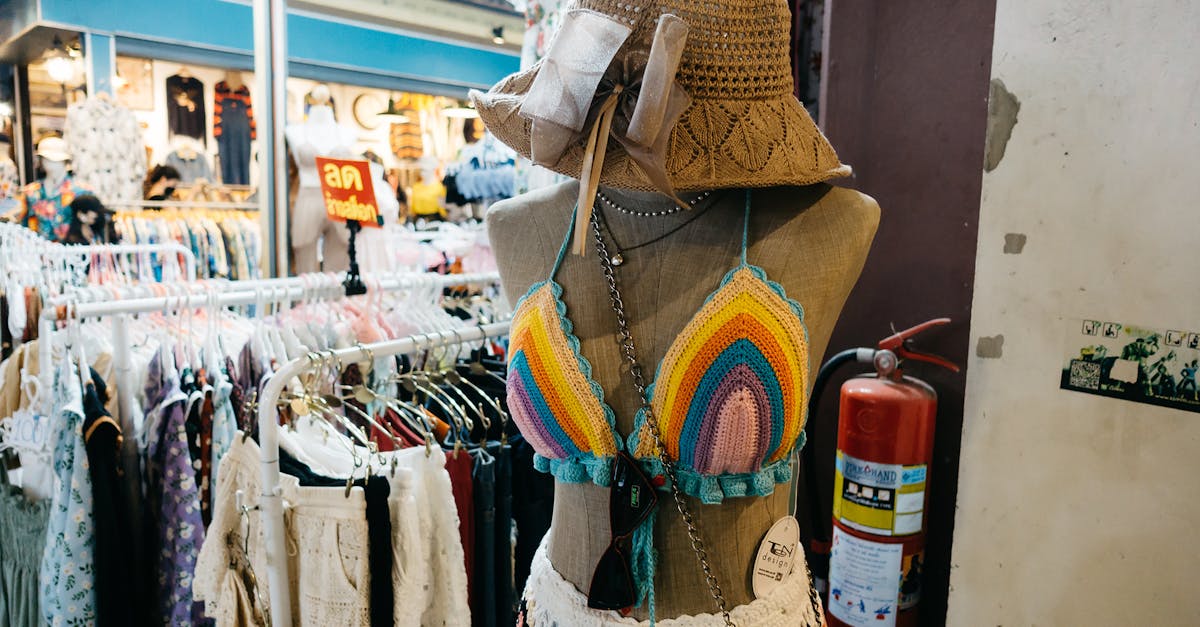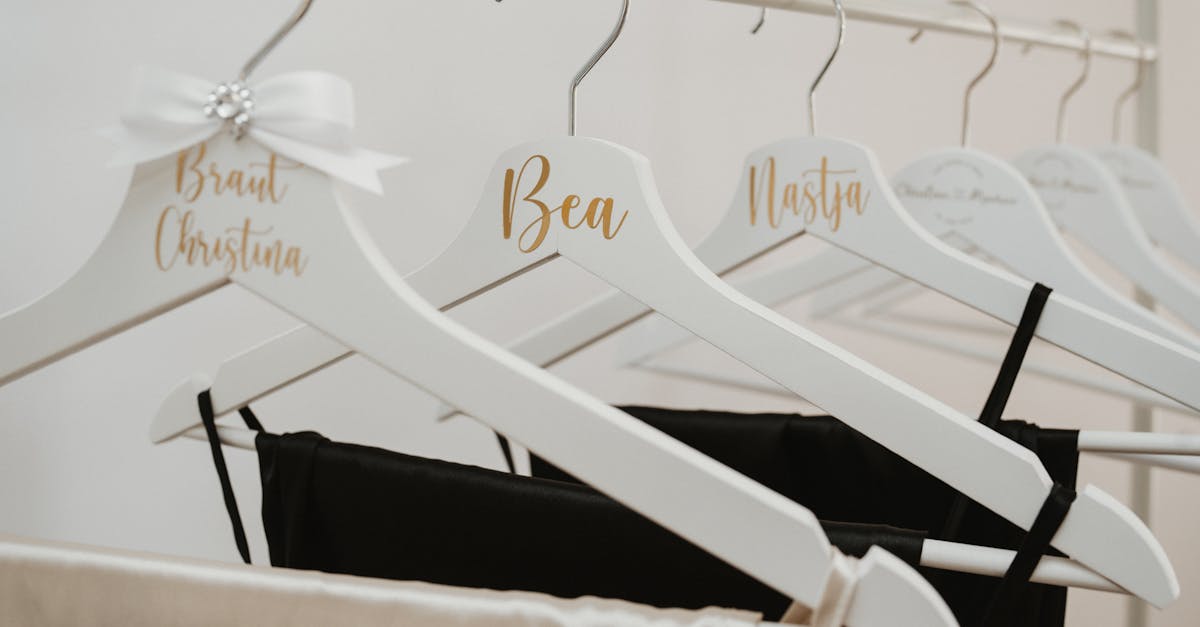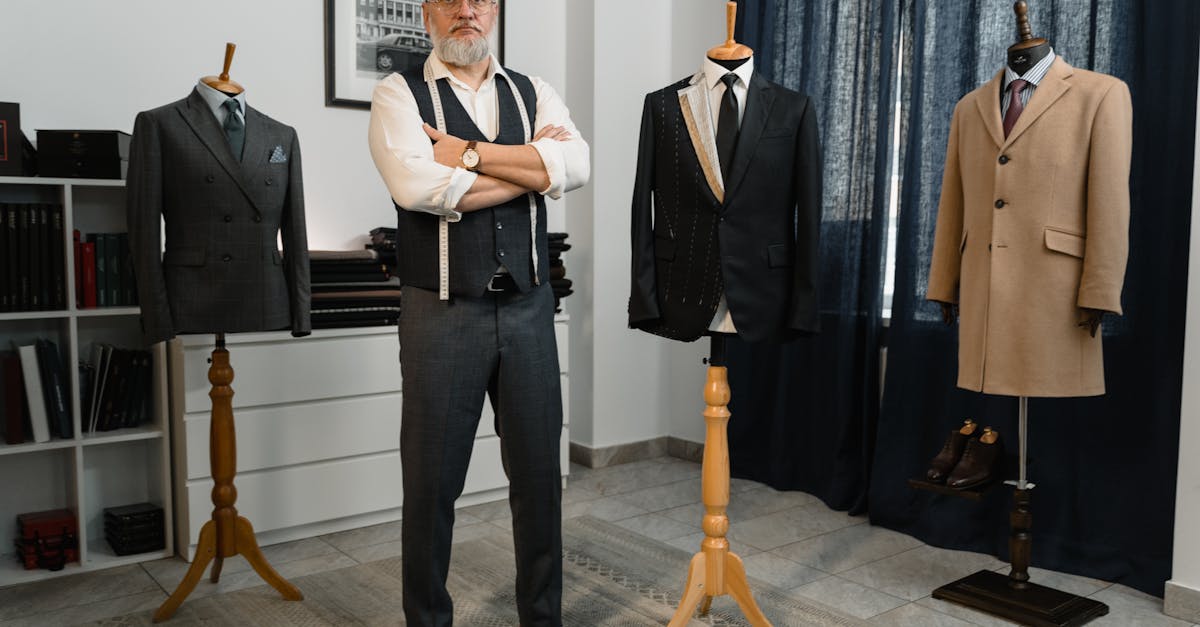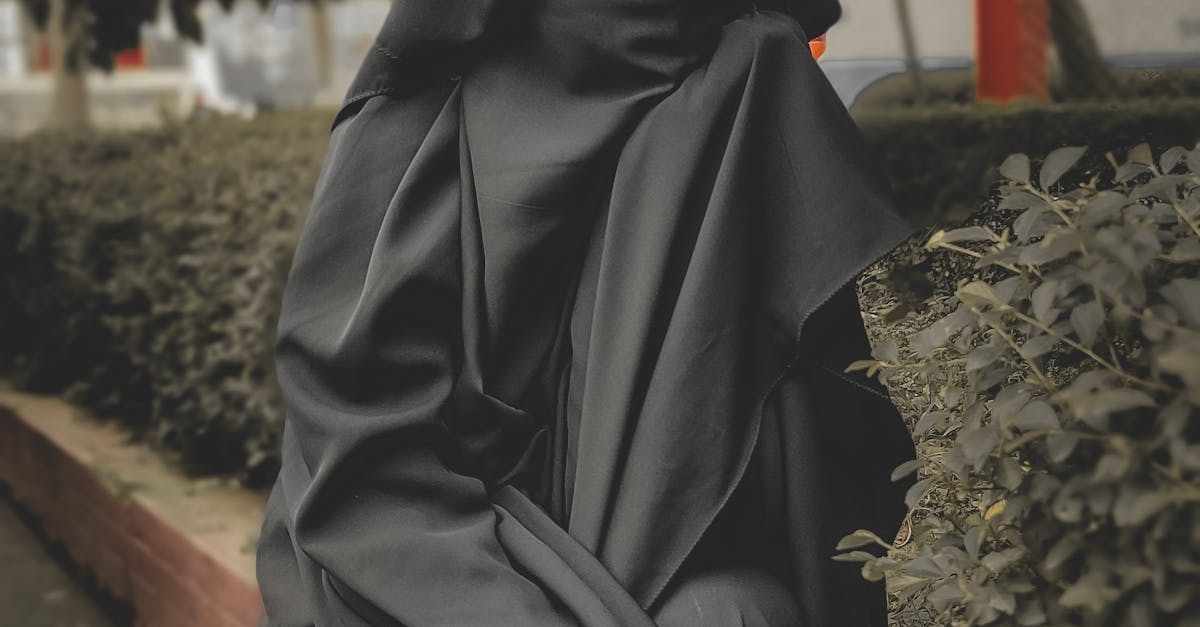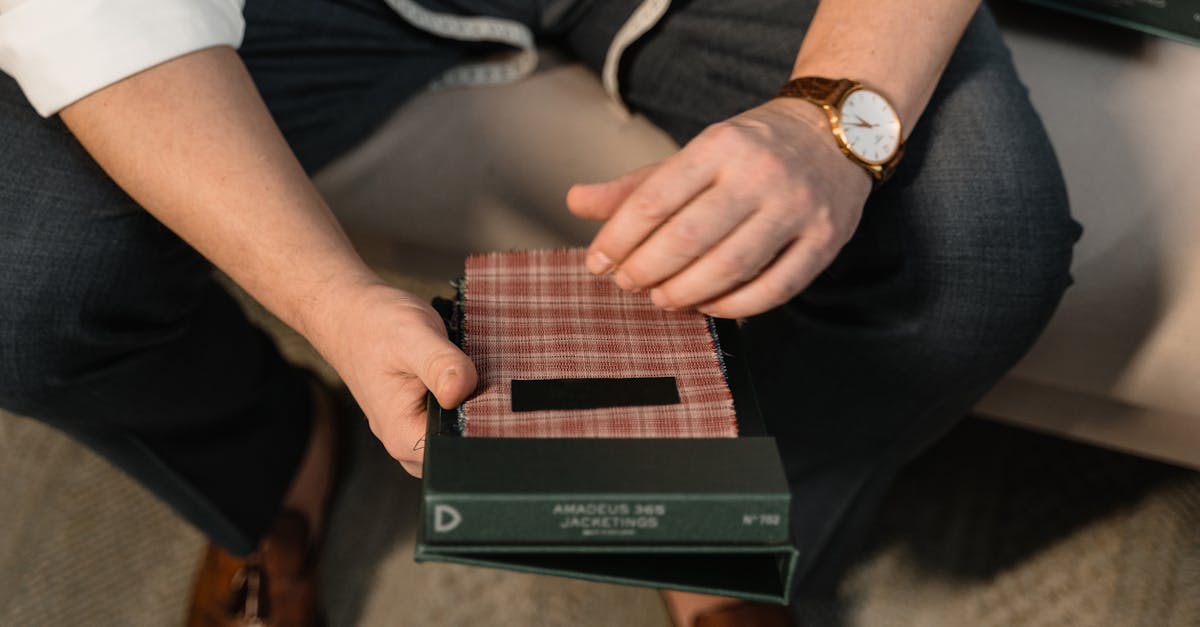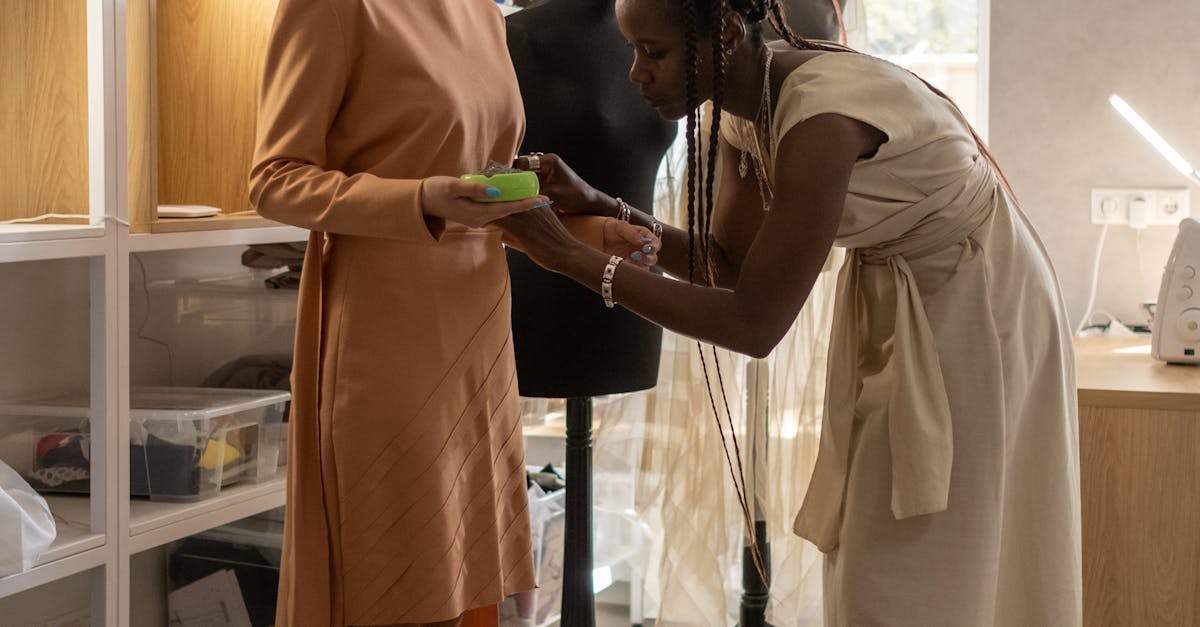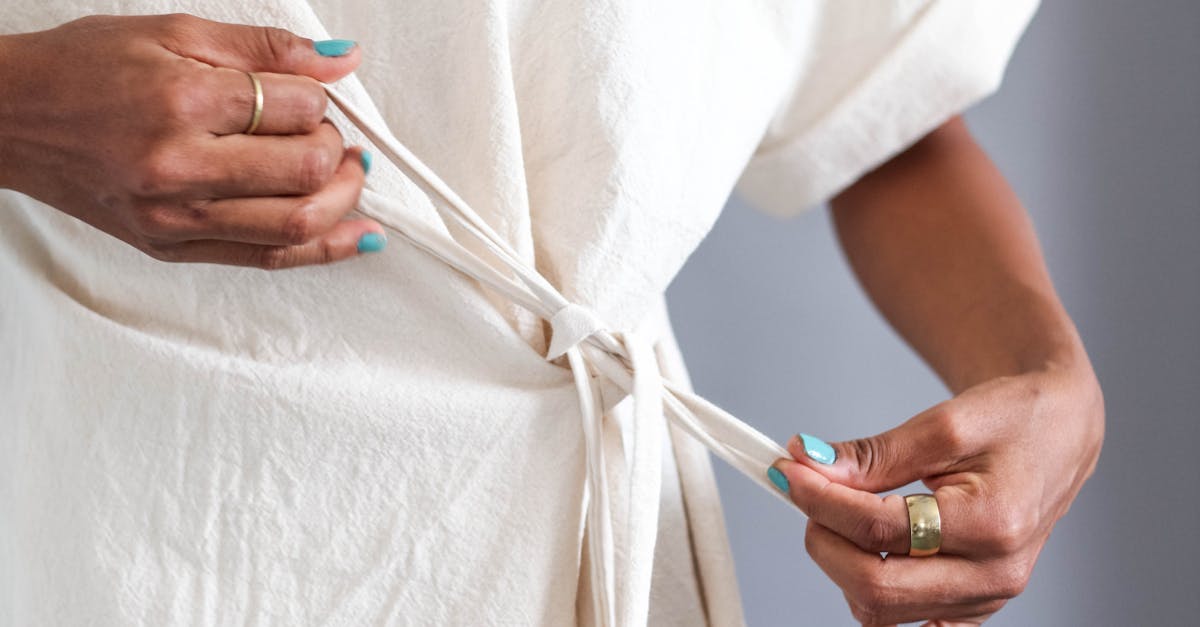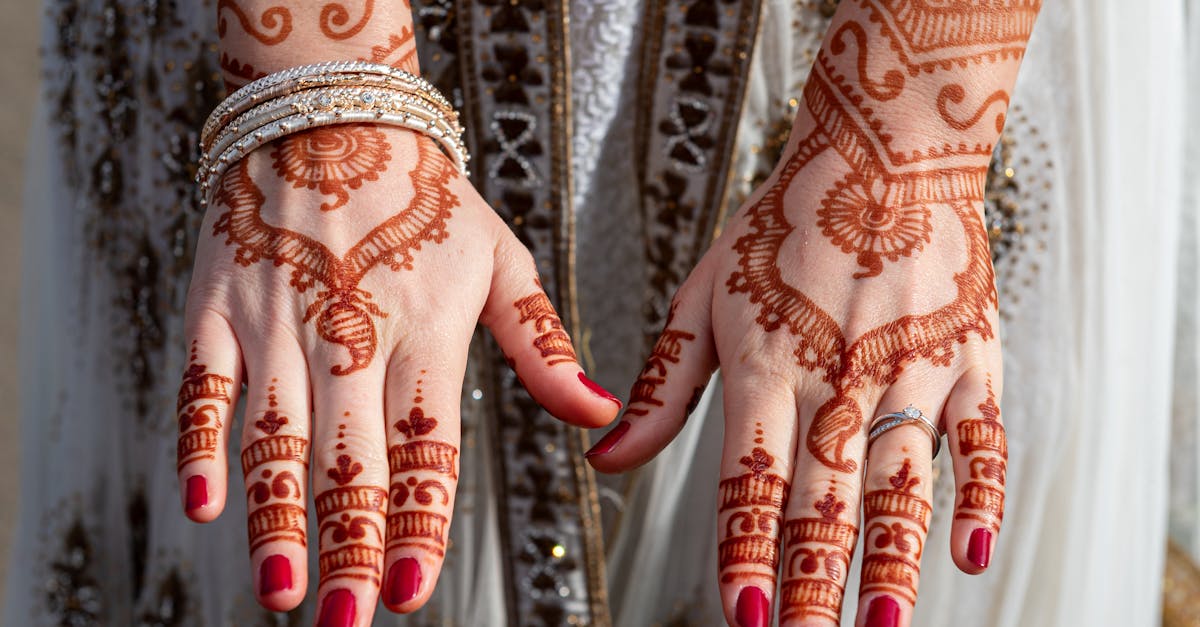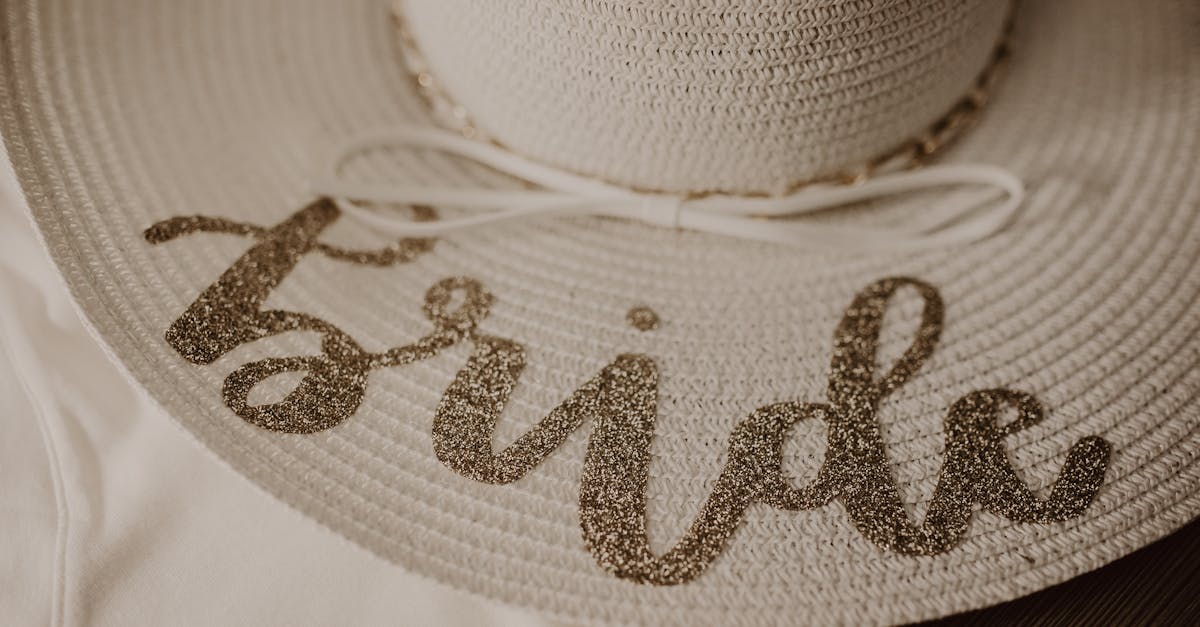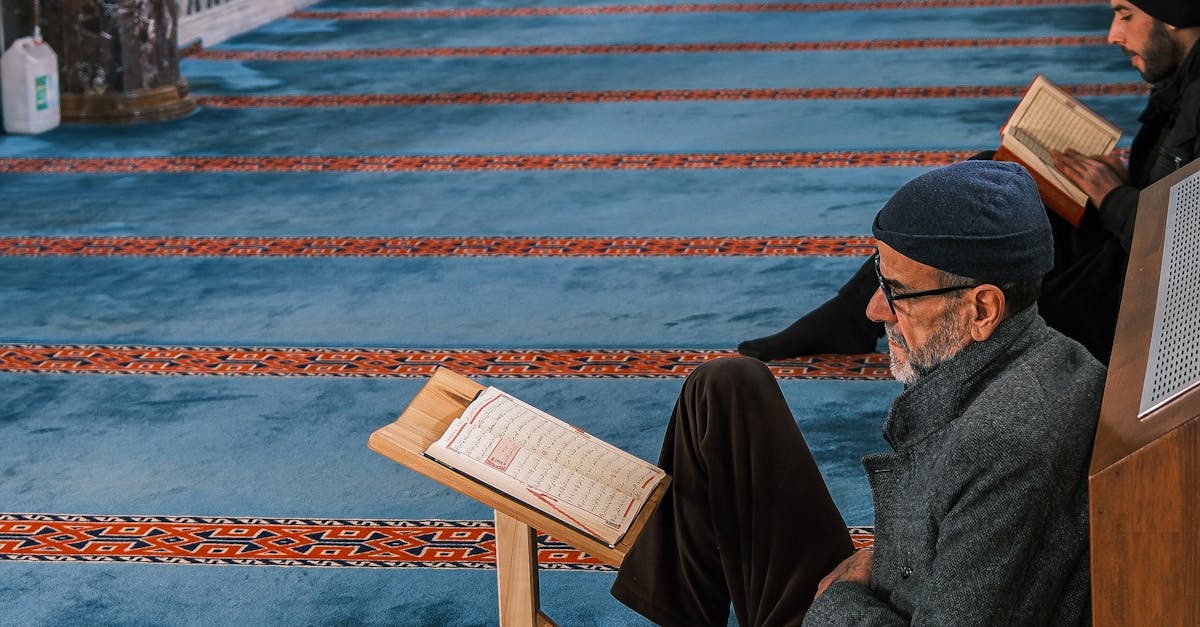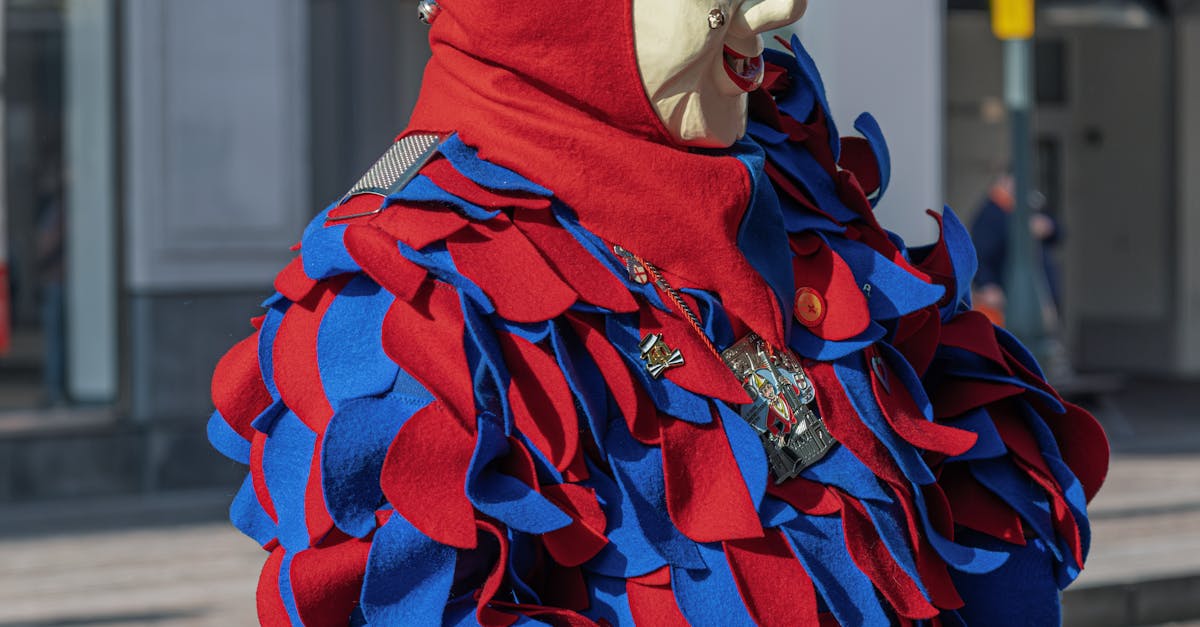
Table Of Contents
Impact of Fabric Choices in Wardrobe Interiors
The choice of fabric plays a crucial role in the overall functionality and appearance of custom wardrobes. Soft fabrics such as velvet or suede can create a luxurious and inviting feel, making the interior space more pleasing. On the other hand, more durable fabrics like canvas or nylon offer practicality, especially for items that endure frequent handling. Each fabric type contributes differently to both the visual and tactile experience of the wardrobe.
Selecting the right fabric also influences the storage environment for clothing and accessories. Breathable materials help prevent moisture buildup, promoting a healthier space for garments. In contrast, non-breathable fabrics may lead to unwanted odors or mildew. Considering these factors is essential when designing custom wardrobes tailored to individual needs and preferences.
Enhancing Aesthetics with Upholstered Features
Upholstered features in custom wardrobes not only elevate the overall look but also add a layer of comfort and sophistication. Fabrics such as velvet, leather, or linen can be strategically applied to shelves, drawer fronts, or interior panels. This design choice allows homeowners to express their personal style while creating a warm and inviting atmosphere in their living spaces. Textured elements can complement hard materials like wood and metal, creating a harmonious blend that draws the eye and enhances visual interest.
In addition to aesthetics, upholstered features serve practical purposes as well. Soft fabrics can protect delicate clothing from snags or creases, ensuring that garments remain in pristine condition. The incorporation of padded liners in drawers can provide a luxurious feel and further safeguard items from wear and tear. By choosing the right upholstery for custom wardrobes, homeowners can achieve a tailored look that reflects their tastes while prioritizing functionality and care for their belongings.
Sustainable Materials for Eco-Friendly Wardrobes
Sustainable materials are becoming increasingly popular among consumers looking to create eco-friendly custom wardrobes. These materials often include bamboo, reclaimed wood, and recycled metal. Bamboo is a fast-growing grass that requires minimal resources compared to traditional hardwoods. Reclaimed wood adds character and history to wardrobe designs while reducing the demand for new lumber. By choosing these materials, consumers can significantly lower their environmental footprint.
In addition to natural options, there are various sustainable finishes and textiles available for custom wardrobes. Organic cotton and linen, for instance, are both biodegradable and produced without harmful chemicals. Eco-conscious consumers may also look for low-VOC (volatile organic compounds) finishes that enhance durability while minimizing harmful emissions. These choices not only contribute to better air quality but also align with the values of individuals committed to sustainability.
Options for Environmentally Conscious Consumers
For environmentally conscious consumers, selecting materials for custom wardrobes goes beyond mere aesthetics. Sustainable options such as reclaimed wood and bamboo offer durability while minimizing environmental impact. These materials not only enhance the natural beauty of the wardrobe but also reflect a commitment to eco-friendly practices. Incorporating organic textiles and low-VOC finishes further ensures that the wardrobe aligns with a sustainable lifestyle.
In addition to choosing sustainable materials, consumers can explore finishes and coatings that are environmentally friendly. Water-based stains and natural oils provide protective qualities without harmful chemicals. Brands increasingly offer certifications that indicate sustainable practices, enabling consumers to make informed decisions. Emphasizing transparency in sourcing and manufacturing processes enhances the overall appeal of custom wardrobes for those who prioritize eco-conscious choices.
The Importance of Finishes and Coatings
Finishes and coatings play a crucial role in the overall durability and appearance of custom wardrobes. A high-quality finish not only elevates the aesthetics but also provides necessary protection against wear and tear. Different types of finishes, such as matte, glossy, or satin, can significantly impact the look of the wardrobe. Selecting the appropriate finish can enhance the natural beauty of the materials used, allowing the wardrobe to fit seamlessly into any interior design scheme.
Moreover, the right coating can prevent damage from moisture, scratches, and stains, which is essential for maintaining the wardrobe’s longevity. Protective layers can help resist fading from sunlight exposure and can also simplify cleaning and upkeep. By investing in finishes and coatings for custom wardrobes, consumers ensure their furniture remains functional and visually appealing over time, making it a worthy consideration in the design process.
Protecting Wardrobe Materials with Quality Finishes
Quality finishes play a crucial role in preserving the integrity of materials used in custom wardrobes. These finishes create a protective barrier against scratches, stains, and moisture, ensuring that the wardrobe maintains its aesthetic appeal and functionality over time. Various types of finishes, such as polyurethane, lacquer, and varnish, can enhance durability while also providing a polished look that complements the overall design.
Additionally, selecting the right finish can significantly influence the maintenance routine for custom wardrobes. Some finishes require more frequent care and maintenance than others, affecting the longevity of the materials. A well-applied finish not only safeguards the wardrobe from everyday wear but also accentuates the beauty of the wood or other materials utilized, making it an integral part of the wardrobe design process.
FAQS
What materials are commonly used for custom wardrobe interiors?
Common materials for custom wardrobe interiors include plywood, MDF (medium-density fiberboard), particleboard, and various types of wood. Each material offers different benefits in terms of durability, cost, and aesthetics.
How do fabric choices impact the overall look of a custom wardrobe?
Fabric choices significantly affect the visual appeal and feel of a wardrobe. Upholstered features can enhance comfort and style, while specific colors and textures can complement or contrast with the overall design of the room.
What are some sustainable materials I can consider for an eco-friendly wardrobe?
Sustainable materials for eco-friendly wardrobes include bamboo, reclaimed wood, and low-VOC (volatile organic compounds) finishes. These materials help reduce environmental impact and promote greener living.
Why are finishes and coatings important for wardrobe materials?
Finishes and coatings are essential for protecting wardrobe materials from wear and tear, moisture, and staining. Quality finishes also enhance the appearance of the wardrobe and can extend its lifespan.
How can I choose the best finishes for my custom wardrobe?
To choose the best finishes, consider factors such as the wardrobe's intended use, the desired level of maintenance, and the aesthetic you're aiming for. Consulting with a custom wardrobe designer can also provide valuable insights into the most suitable options.


